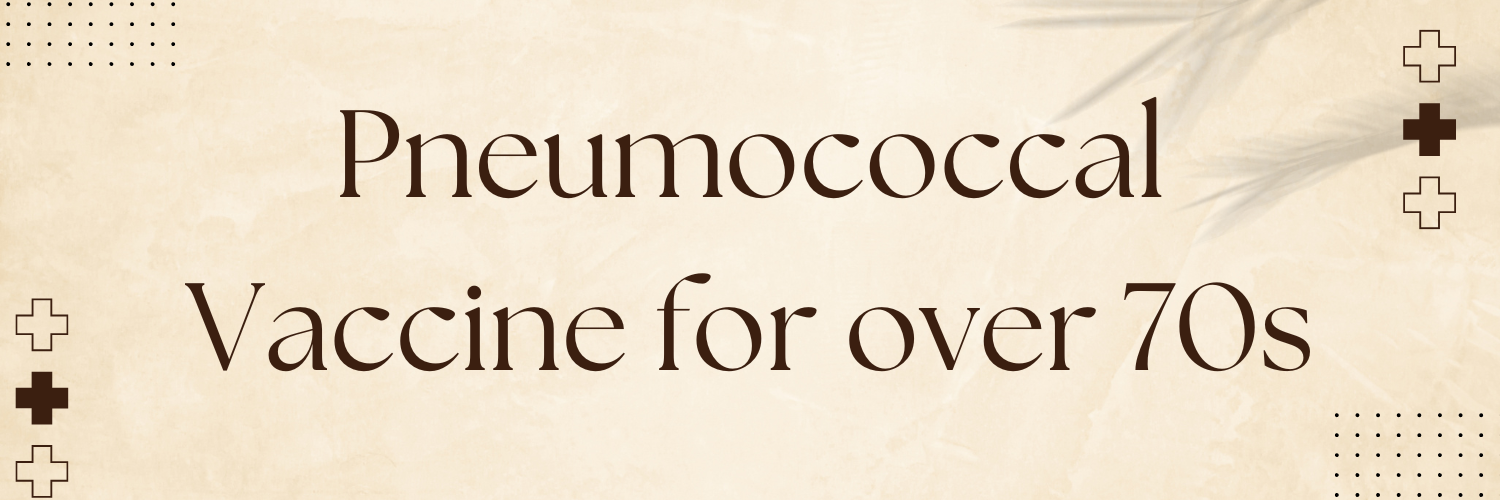
Why Knowing Your Breast Density Could Save Your Life
You’ve had a mammogram—and the results came back clear. That’s good news. But did you know there’s another important factor that can affect how reliable that result is?
It’s called breast density—and it’s something every woman should understand, especially if hers is classified as C (heterogeneously dense) or D (extremely dense).
At Walker Street Doctors, we’re here to help you make sense of your breast health—because when it comes to detecting breast cancer early, information is power.
What Is Breast Density?
Breast density refers to the ratio of fibroglandular (dense) tissue to fatty (non-dense) tissue in your breasts. It’s measured on a scale from A to D:
-
A: Almost entirely fatty
-
B: Scattered areas of density
-
C: Heterogeneously dense
-
D: Extremely dense
Around 40–50% of women fall into categories C or D—and that matters, because dense breast tissue can make it harder to spot cancers on a mammogram.
Why Breast Density Makes a Difference
Dense tissue shows up as white on a mammogram—and unfortunately, so do many breast cancers. This makes it easier for a tumour to hide in dense breasts, potentially delaying diagnosis.
Here’s the challenge:
- In a fatty (A) breast, cancers are easier to detect
- In a dense (C or D) breast, both healthy tissue and cancer look white on mammograms
- This can reduce the sensitivity of the mammogram and increase the chance of a missed cancer
In fact, women with extremely dense breasts are up to four times more likely to develop breast cancer, and that cancer is more likely to be missed on standard screening.
What Are the Options If You Have Dense Breasts?
If your mammogram report lists your breast density as C or D, it’s important to have a conversation with your GP about additional imaging.
Here are some options to consider:
Breast MRI
- Highly sensitive imaging
- Excellent at detecting cancers in dense tissue
- Usually reserved for high-risk patients, but sometimes considered in complex cases or strong family history
- Requires referral and may not be Medicare-rebated for average-risk patients
3D Mammography (Tomosynthesis)
- A more advanced mammogram
- Takes multiple X-ray images to create a 3D image of the breast
- Improves cancer detection in dense breasts
- Becoming more widely available in Australia
- May attract an out-of-pocket cost
Breast Ultrasound
- Often used as an adjunct to mammography
- Good at detecting some abnormalities, but can also lead to more false positives
- Not a replacement for mammography, but can be helpful in certain scenarios
What You Can Do Now
- Check your most recent mammogram report—look for your breast density category (A–D)
- Book an appointment with your GP if your density is C or D
- Discuss your personal risk factors, such as family history, hormone use, and past biopsies
- Explore a personalised screening plan, which may include additional imaging techniques
- Stay up to date with regular breast checks and any recommended screenings
We're Here to Help
At Walker Street Doctors, we believe that early detection saves lives—and breast density should never be a barrier to getting the right care. Our GPs are experienced in women’s health and can guide you through your results, risk factors, and next steps.
Whether you’re navigating your first screening mammogram or wanting to optimise your breast health strategy—we’re here to listen, explain, and support.



